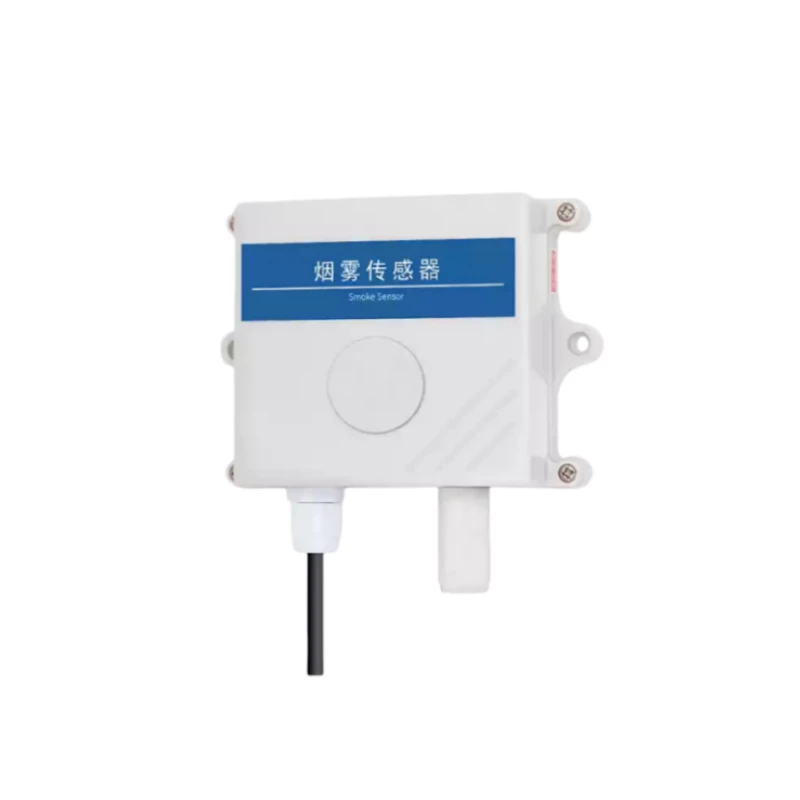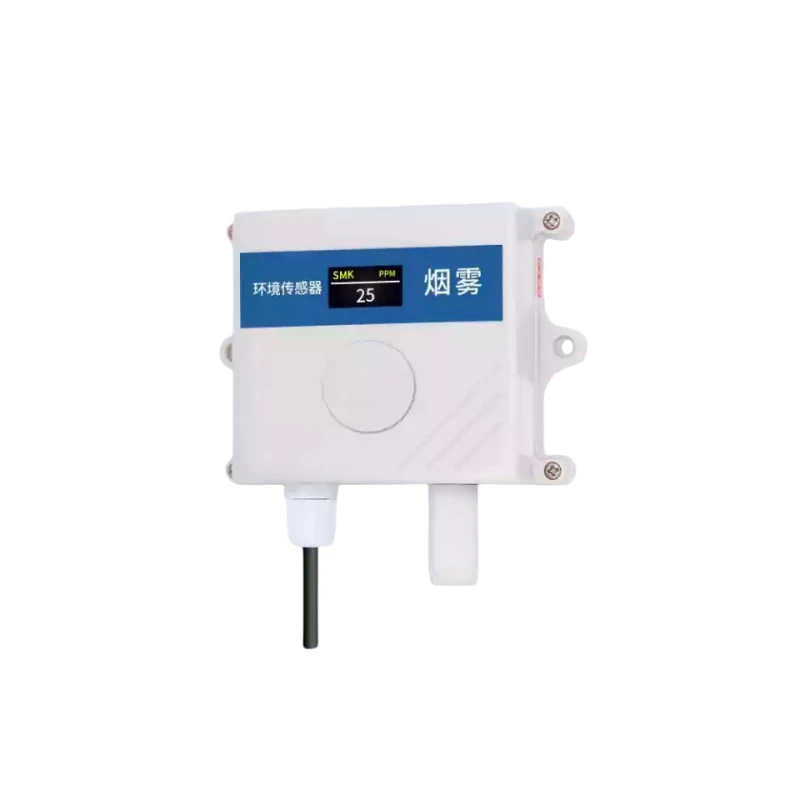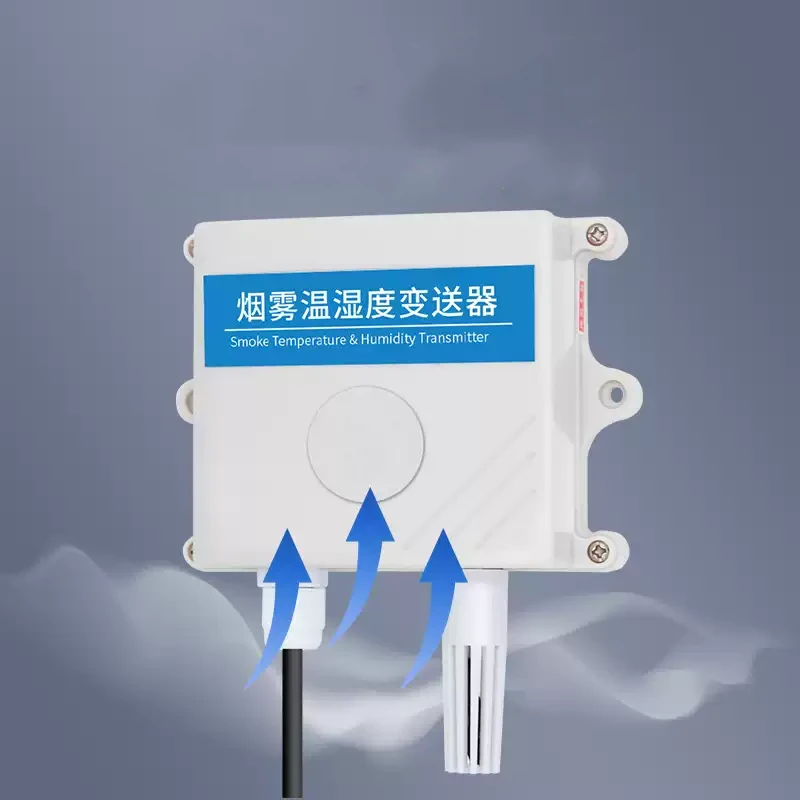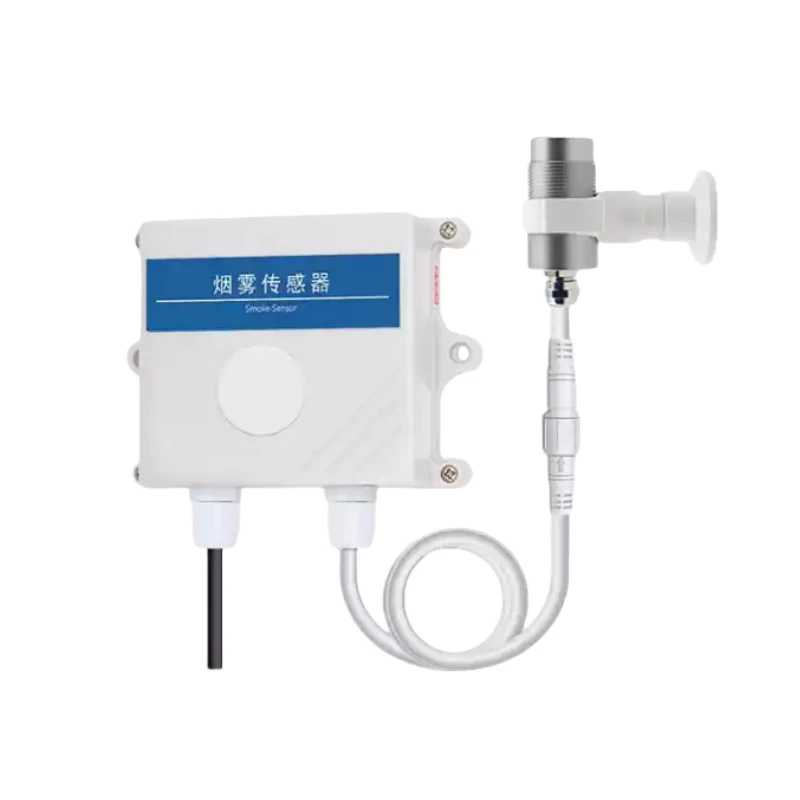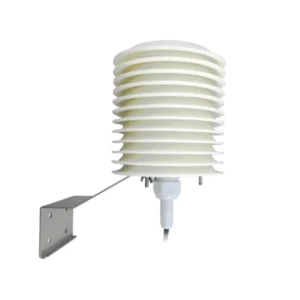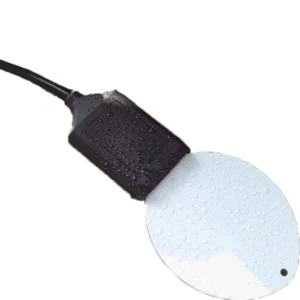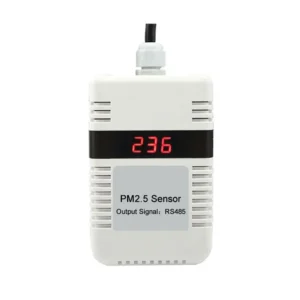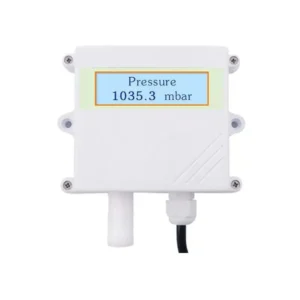Description
CDW-1T1B Smoke Sensor Probe
The CDW-1T1B Smoke sensor is a key safety device. It helps protect lives and property from fires. This sensor detects smoke, which is often the first sign of a fire. It uses either ionization or optical technology, or both.
Ionization sensors use a small radioactive source to ionize the air. When smoke stops the ion flow, the alarm goes off. Optical sensors work in a different way.
They depend on light scattering. When smoke goes into the sensor, it scatters the light. This scattering is noticed and sets off the alarm.
Dimnsion & Mounting
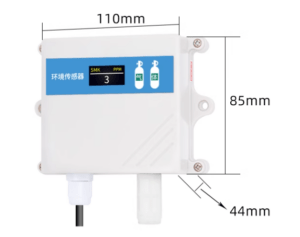
Application
◉ Early Fire Detection for Occupant Safety
Fire can seriously damage or destroy a home. This includes family heirlooms, electronics, and furniture. Smoke detectors can alert homeowners when they sense smoke. This helps them call the fire department quickly.
In a two-story house, a smoke sensor on each floor can quickly detect smoke. If a fire starts in the basement due to an electrical short, the first-floor sensor will sense the rising smoke. This early detection gives family members time to wake up if the fire occurs at night. They can grab important items and safely leave the building.
◉Protecting Valuables and the Structure
They also protect the building and its valuable items. Fire can seriously harm or destroy a house. It can ruin family heirlooms, electronics, and furniture.
Smoke sensors can warn homeowners when they sense smoke. This helps homeowners call the fire department quickly. Firefighters can arrive faster to put out the fire. This helps reduce damage to the property.
◉Office Spaces
In large office buildings, smoke sensors are placed throughout the building. They are in offices, hallways, and break rooms. For example, in a shared office building, a fire can start in a small storage area. This can happen due to a broken electrical appliance.
Nearby smoke sensors will pick up the smoke. The building’s fire alarm system will then alert everyone inside. This helps employees leave safely and quickly, reducing the chance of injury or death.
Also, finding a fire early can help keep business running smoothly. Firefighters can stop the fire before it harms office equipment, important papers, and the building.
◉Retail Stores
Retailers use smoke sensors to keep their inventory and customers safe. In a big department store, fires can spread quickly. Smoke sensors on the ceiling can spot smoke from a small fire, like one started by a cigarette in a fitting room.
The alarm can alert store staff to start an evacuation. This helps protect both shoppers and the store’s valuable items.
◉Protecting Workers and Equipment
Industrial plants often deal with flammable materials and high-voltage equipment. This increases the risk of fire. Smoke sensors are installed in places where combustible substances are kept.
This includes chemical tanks and warehouses with flammable liquids. In a factory that makes car parts with flammable solvents, a leak can lead to a fire.
The smoke sensors nearby will detect the fire quickly. This early warning gives workers time to leave safely. It also helps the plant’s emergency team to use fire-fighting equipment fast. This protects valuable machines and helps prevent a big industrial accident.
Sensor News
What is the principle of CO2 sensor?
What Is The Environmental Sensor? | Coda Weather Station
